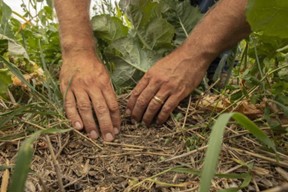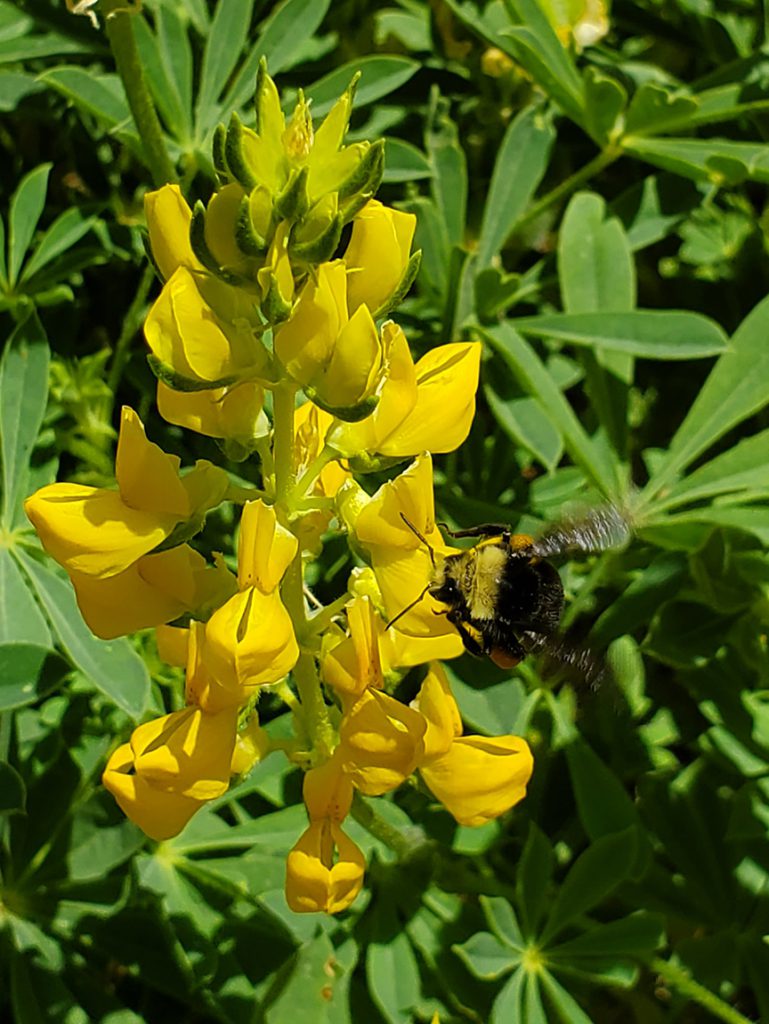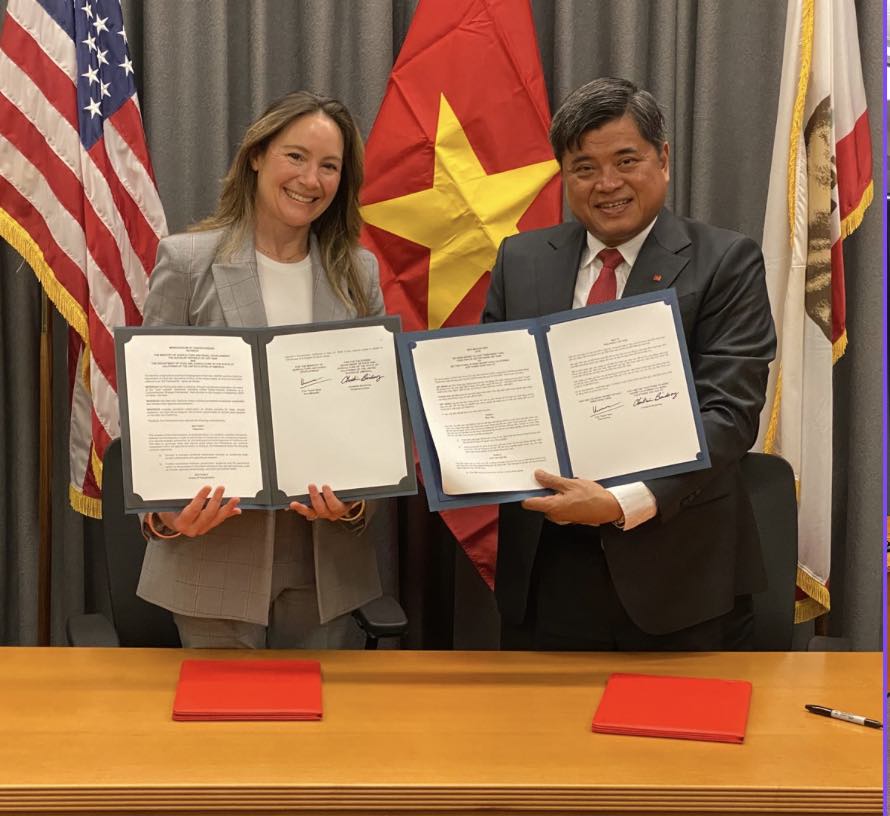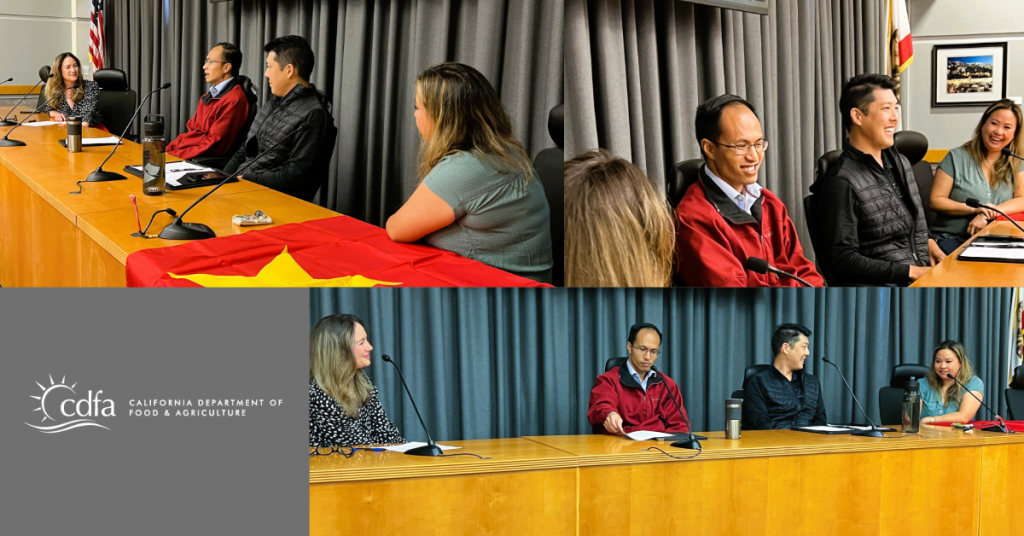As interest in regenerative agriculture continues to grow, we are seeing the introduction and evolution of the term in California policies and programs. From references in legislation to inclusion in government programs, as well as policies promoting local food systems – the term regenerative agriculture is now widely used in California.
The principles behind the concept of regenerative agriculture reflect practices that have been used by any number of farmers as well as Native American Tribes for generations. Even so, the regenerative terminology is gaining traction and support like never before due in part to the ongoing climate change and biodiversity crises.
CDFA will host the second Regenerative Agriculture Work Group Session this Friday, May 24 from 9:00 a.m. to 1:00 p.m, both in-person at the CDFA Headquarters auditorium (1220 N Street, Sacramento, CA 95814) and virtually on Zoom. To register for the event, please use the link: https://csus.zoom.us/meeting/register/tZMkc-mhqDorEtMFnsJNFil2GR2758yIzXSs#/registration
In the 2021-2022 Ag Vision 2030 process, agricultural stakeholders identified as the number one priority for California agriculture the need to “Foster climate-smart, resilient, regenerative food systems.” The State Board of Food and Agriculture identified the definition of regenerative as a project to take on.
The Board consulted the CDFA’s Environmental Farming Act Science Advisory Panel (EFA SAP), and between December 13, 2022 and March 9, 2023, the EFA SAP worked to create a framework for the definition. The panel then sent the State Board a letter with the framework in May 2023.
In December 6, 2023, CDFA held the first public listing session focused exclusively on the topic. Additional listening sessions were held on January 11 and February 22. The next listening session will be May 29. Tribal-focused listening sessions were held on April 16 and April 29.
Concurrently, CDFA appointed 14 individuals to serve on a Regenerative Agriculture Definition Work Group in 2023. Through a series of facilitated meetings, the Work Group will draft a recommendation for a definition of regenerative agriculture to submit to the State Board for consideration. The Work Group
For more information about the process and background, please visit our website www.cdfa.ca.gov/RegenerativeAg/.










